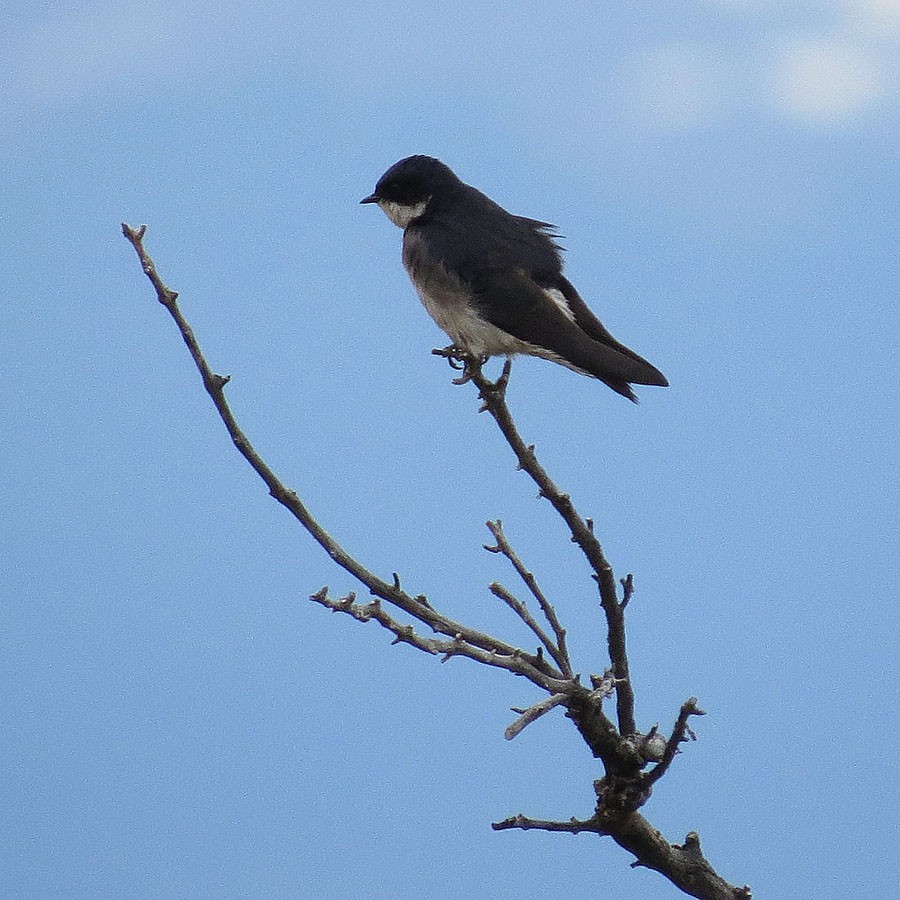Chilean Swallow
A species of Typical American Swallows Scientific name : Tachycineta leucopyga Genus : Typical American Swallows
Chilean Swallow, A species of Typical American Swallows
Botanical name: Tachycineta leucopyga
Genus: Typical American Swallows
Content
Description General Info
Description
The Chilean swallow is about 13 centimetres (5.1 in) in length and weighs 15–20 grams (0.53–0.71 oz). It is glossy blue-black above and white below with a white rump. Its wings and tail are black, with white tips on its inner secondaries and its tertials. Their underwing coverts and auxiliaries are both grey. The Chilean swallow's bill and legs are black. The sexes are alike, and the juveniles are duller and browner. It is similar to the white-rumped swallow, but lacks the white forehead of that species and has bluer upperparts and grey underwing-coverts. In addition to this, the breeding ranges of the two have almost no overlap. 
Size
12 cm
Nest Placement
Tree
Feeding Habits
Chilean Swallow primarily consume flying insects, often foraging solo or in small groups. Their hunting involves low, direct flights, allowing them to catch prey mid-air, showcasing a specialized aerial feeding technique.
Habitat
The habitat of chilean Swallow encompasses open or patchy areas located in proximity to water sources. Chilean Swallow is frequently observed around forest fringes, clearings, scrublands, coastal and open forests, as well as woodlands. Additionally, chilean Swallow is accustomed to thriving near human settlements, including towns and villages.
Dite type
Insectivorous
General Info
Feeding Habits
Bird food type
Distribution Area
This swallow is native to Argentina, Bolivia, Brazil, Chile, Falkland Islands, Paraguay, and Uruguay. It is vagrant to South Georgia and the South Sandwich Islands. This swallow can also be found in Peru, but its origin is uncertain. Its breeding range is from the Atacama Desert in Chile and most of Argentina to the southern tip of South America. It is a year-round resident to the northern part of its range, but it is known to be migratory in the southern part. It is not well known where this population winters, but it seems to winter in northern Argentina, southern Brazil, Uruguay, and possibly Bolivia. 
